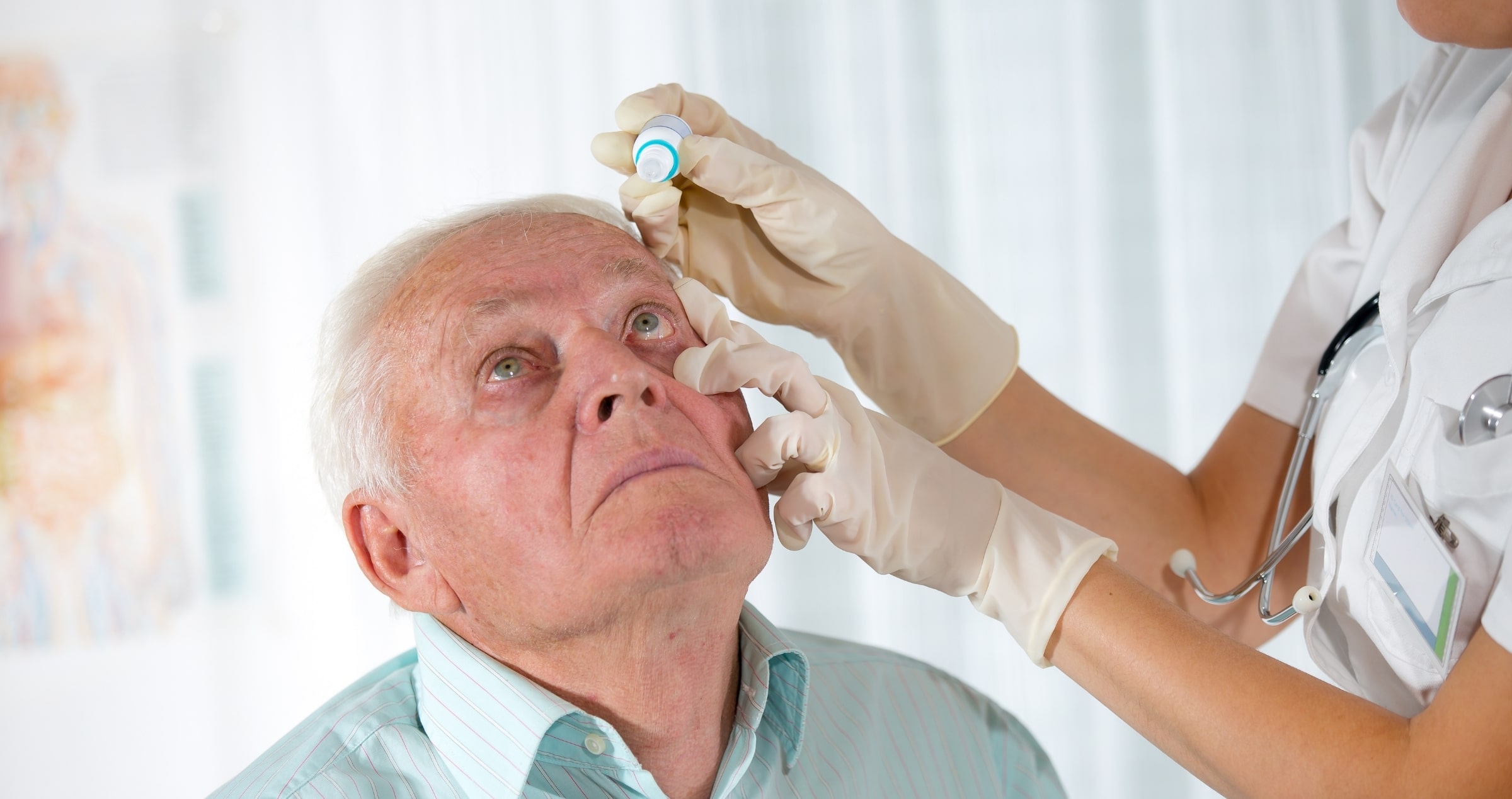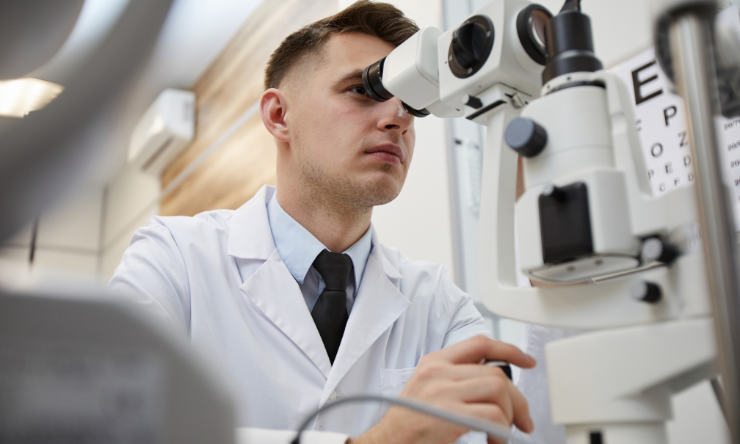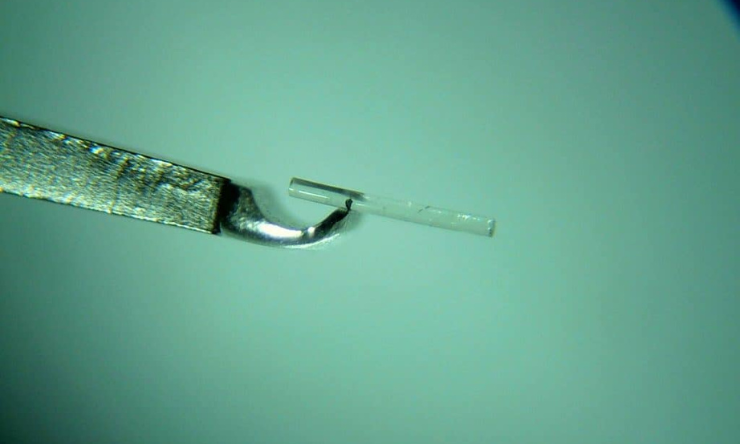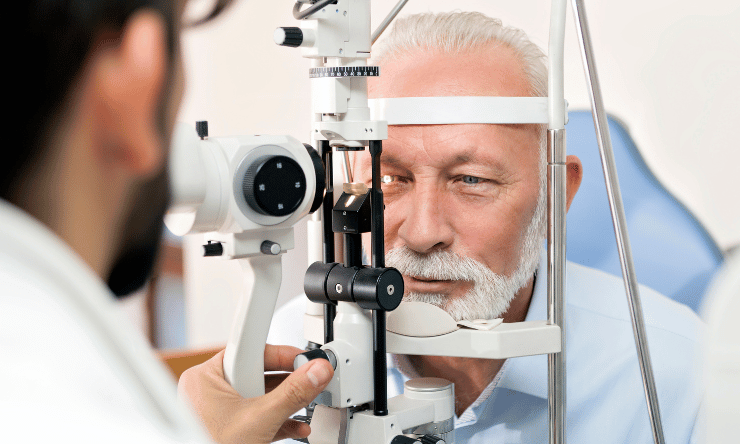Share
While it is incurable, glaucoma is eminently treatable. Its progressive damage to the vision can be slowed to a crawl or stopped altogether by adequate treatment. Currently this means lowering eye pressure sufficiently. The amount of lowering needed is different for different individuals and often changes over time for an individual as well.

We have three strategies to lower eye pressure: eye drop medications, laser applications and surgical techniques. Because they are the most intrusive, surgical approaches usually are held in reserve for people for whom eye drops and laser either don’t work sufficiently or in the case of drops, are not tolerated.
If drops are used to lower eye pressures, they need to be used reliably, every day. Each medication has a finite duration of action: some require once daily, others twice daily instillations. If they are not used with their optimal frequency, eye pressures can rise to untreated levels, or “spike” upwards – and it is these elevations or spikes that may cause glaucoma damage to get worse.
Instilling eyes drops efficiently is a learned skill: people can access many videos on-line (including the Glaucoma Australia website) to check which technique works best for them. Once mastered, drops need regular instillation, each day, and day after day after day.
People lead busy lives: they are not living to put drops in their eyes. Such an ongoing commitment is an imposition; it often poses a challenge to remember every day and to persevere over the long haul. If you are having difficulties instilling as regularly as you need to do for optimal eye pressure control and visual safety, please acknowledge this challenge to yourself and speak to your ophthalmologist about it. Often a way to solve this can be found, together. If it can’t, then perhaps laser applications might be the better treatment for you.
One strategy to improve efficient use of eye drops is to simplify what you need to do. We know that the less often you have to instil eye drops each day, the easier it is to stick with the program, thereby protecting your vision.
About half of all glaucoma patients on eye drops need to use more than one medication to maintain their eye pressures at levels safe for their vision. Buying two or more bottles of eye drops each month is more expensive and using them separately is more cumbersome than using one bottle.
This is made even more complicated by the need to space drops when they’re used at about the same time, so that the second one doesn’t dilute the first one, weakening the benefit it offers you. This dilution effect is known as “wash-out”.
For all these reasons, many pharmaceutical companies that produce anti-glaucoma eye drops, where possible, have combined medicines into one bottle. In this way, two medicines can be instilled together, halving the frequency of drop applications, which is much less inconvenient.
Two medicines in one bottle also means one bottle has to be bought per month, not two, and it eliminates the concern about time spacing of the medications to maximize the benefit from each. This too makes instillation much less inconvenient.
There may be an additional benefit: many eye drop products have preservatives to keep them sterile. Preservatives can provoke eye surface discomfort and other problems. One bottle instead of two, halves the preservative exposure, helping to maintain eye surface health and comfort. To improve this situation even further, several fixed dose combinations have “gentle” preservatives, or are preservative-free altogether.
Fixed dose combination eye drops began to appear commercially in the early years of the millennium. For all these reasons they became the fastest growing segment of the glaucoma medication market. By a factor of over 5:1 they are preferred by users over separate medicines in separate bottles used simultaneously but separately.
Fixed dose combinations are only approved for use by our Therapeutics Goods Administration if they have been demonstrated in appropriate clinical trials to be more effective than either of their component drugs used alone, to be as effective as the two drugs used simultaneously but separately and to be as safe as the two drugs used simultaneously but separately.
If you are using two bottles for two medicines, perhaps speak with your ophthalmologist about the possibility of switching to a fixed dose combination, if one is available to meet your needs.



